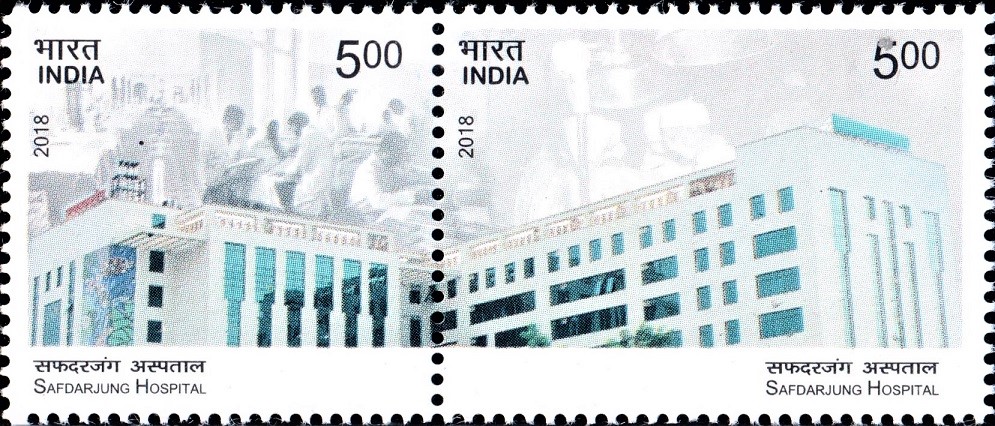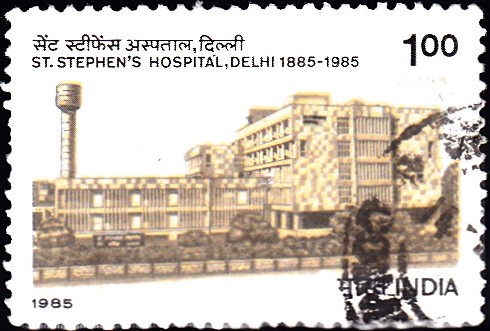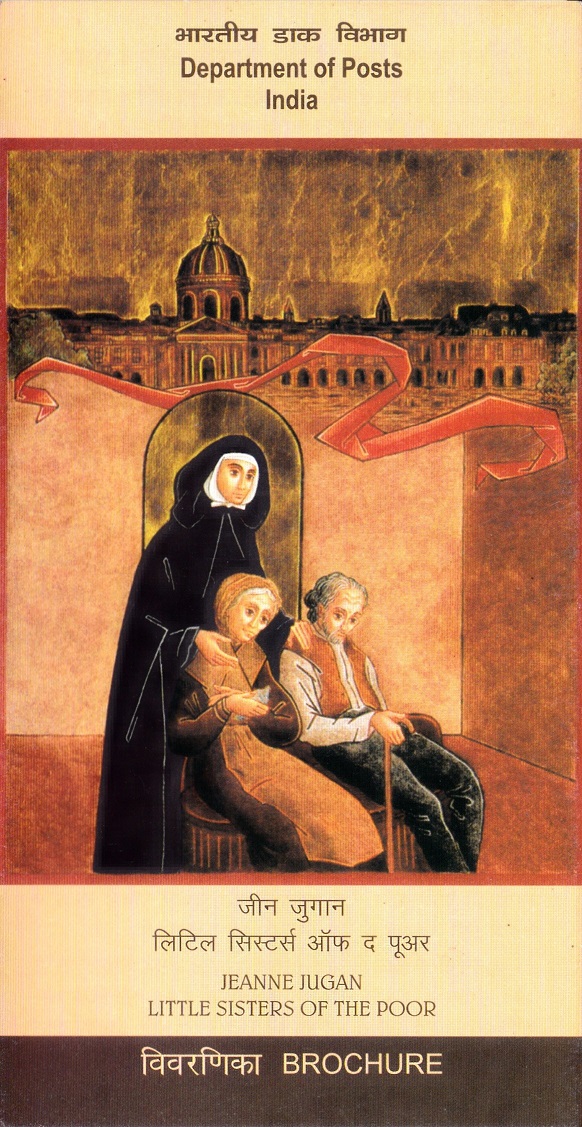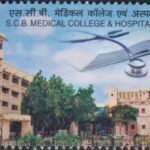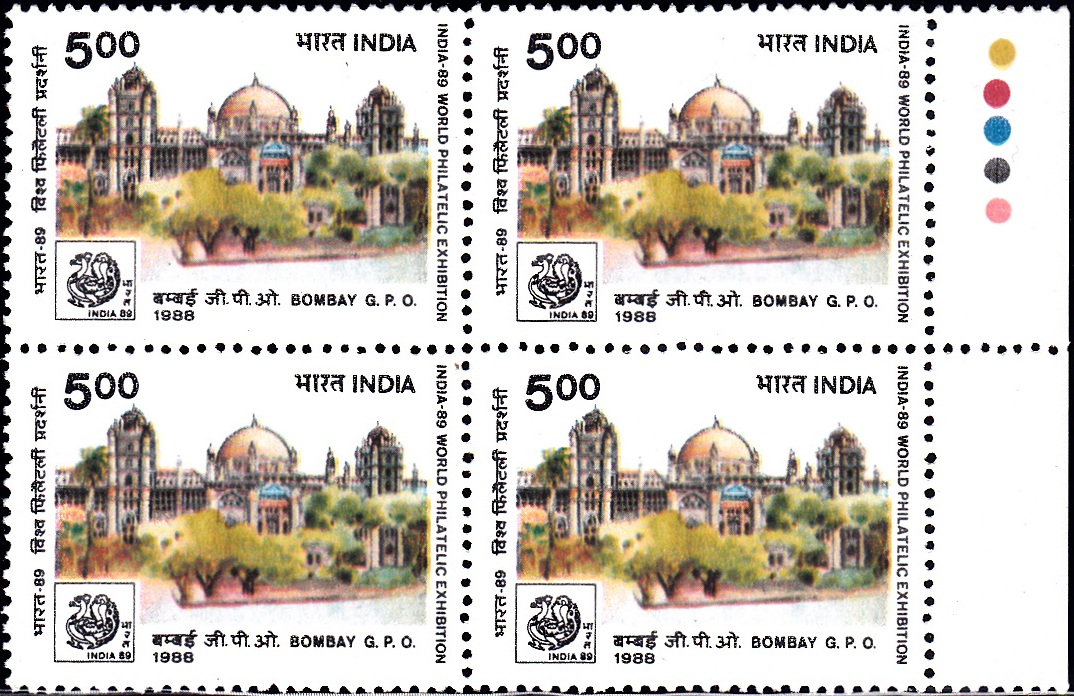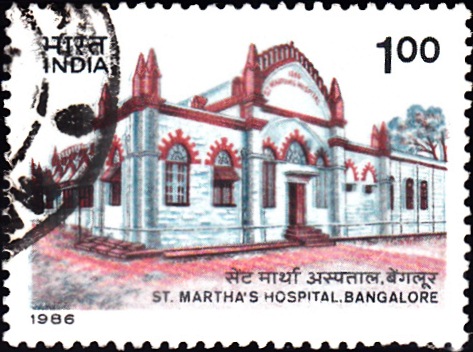
St. Martha’s Hospital, Bangalore
A commemorative postage stamp on the Centenary of the St. Martha’s Hospital, Bengaluru, founded by Good Shepherd Sisters (The Congregation of Our Lady of Charity of the Good Shepherd) with help of Maharaja of Mysore, Chamarajendra Wadiyar X :

 Issued by India
Issued by India
Issued on Dec 30, 1986
Issued for : The Department of Posts is happy to issue a commemorative stamp on the centenary of St. Martha’s Hospital, Bangalore.
Description of Designs : The 100 p multicolour stamp shows the view of the original building of the St. Martha’s Hospital and has been designed by India Security Press, Nashik Road. The First Day Cover based on the emblem of St. Martha’s Hospital has been designed by Miss Nenu Bagga.
Type : Stamp, Postal Used
Colour : Multi colour
Denomination : 100 Paise
Overall size : 3.91 x 2.90 cms.
Printing size : 3.55 x 2.54 cms.
Perforation : 13 x 13
Paper : Imported unwatermarked adhesive gravure coated stamp paper
Number printed : 15,00,000
Number per issue sheet : 35
Printing Process : Photogravure
Printed at : India Security Press
About :
- The Sisters of the Good Shepherd arrived in Bangalore in 1854 and immediately devoted themselves to the education of youth. In the 1870s, as a result of drought, a severe plague swept through the whole of Karnataka. The Sisters left their community to render their service to the plague-stricken people of the city. There was then no civil hospital in Bangalore and therefore the sick and the dying had to be nursed in their homes or brought into the camps put up by the government officials.
- As the need of a hospital became more and more apparent, the idea of a hospital matured in the mind of the Superior of the Good Shepherd Convent, Mother Visitation Loesch. Like minded people from both the Church and the Government came to her help in getting the project off the ground. The well-to-do public contributed to the fund, started for the purpose, and within a short time a sum of Rs. 13,000/- was raised – a sum sufficient in those days to put up the required buildings.
- Thus it was that on 1st January 1886, St. Martha’s opened its Out-patient Department to the public and started admitting patients to the wards. The annals tell us that the Hospital could then accommodate 50 in-patients.
- Gradually gaining popularity, the verandahs of the Gothic buildings had to be closed-in to accommodate thirty additional patients. In 1929, a new building for the out-patients for Dental and Eye Departments and Operation Theatre was constructed. In 1933, a training school for nurses was opened, beginning with 12 students per year. In 1953, a large Paediatric Ward was added to the Hospital and in 1955, a Maternity Section. In 1958, an X-ray Plant was installed and in 1961, the first Electrocardiograph machine and portable X-ray were purchased. In the light of the future expansion all these were small steps.
- During the sixties, the Church requested the Sisters to allow the Hospital to be used for the training of the medical students of St. John’s Catholic Medical College, Bangalore. This required tremendous changes both in the buildings and administration of the erstwhile ‘Peoples Hospital‘. A Surgical building of 5 floors housed the new out-patient department Paediatric and Surgical Wards and seven Operation Theatres. The Orthotic and Prosthetic Centre together with the Physiotherapy Department offered service, follow-up and rehabilitation of patients from the Orthopaedic Ward and from outside. In the mid-Seventies, a Coronary Care Unit was built to meet the increasing demand for the care of heart patients in the city.
- A glance at some statistics will give some idea of the growing popularity of the Hospital and its wider services to the community. The number of in-patients has risen from 7,050 in 1965 to 20,200 in 1985. The number of out-patients has also increased from 22,700 in the same year to over 2,08,000 in 1985. Today of a total number of 600 beds, 120 are completely free and the other one-third are concessional.
- Today as one looks back one is amazed at the growth of the Hospital. At present, six types of training programmes are conducted here; the training of Nurses and Midwives; of X-ray and Laboratory Technicians; Internships for Pharmacists and Doctors and Post-graduate Training for Doctors.


